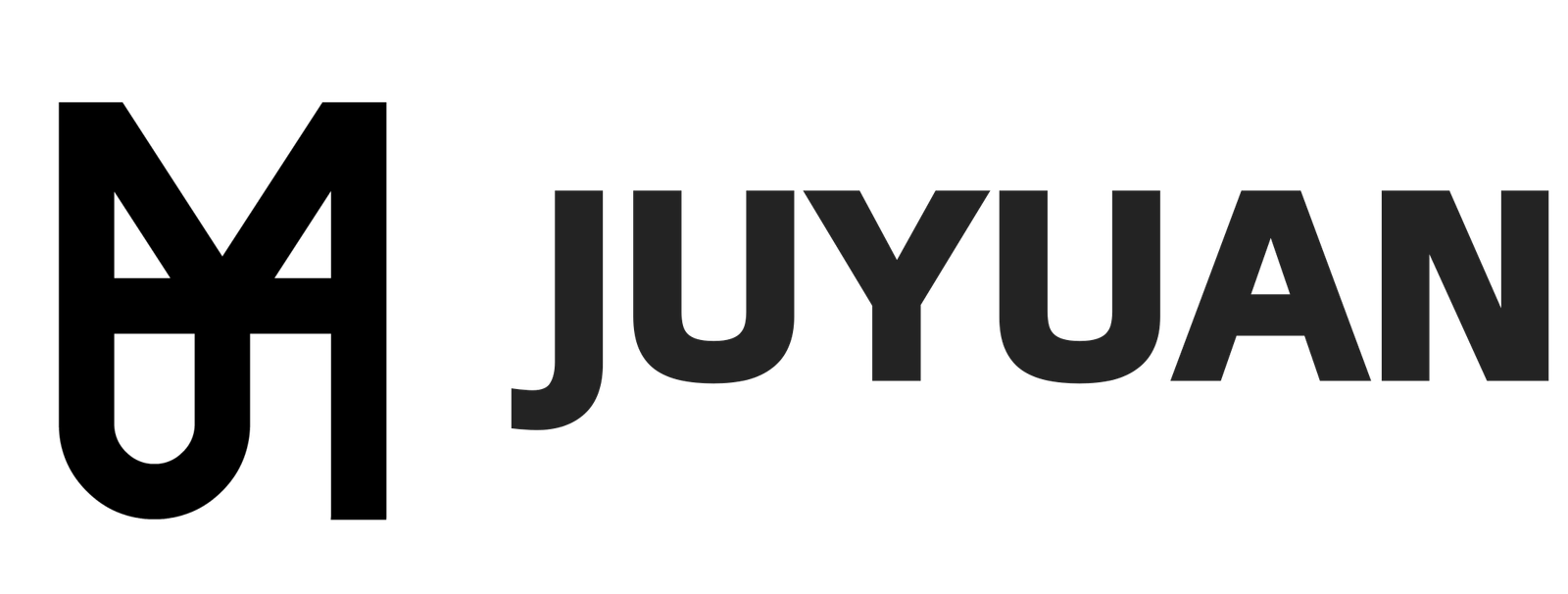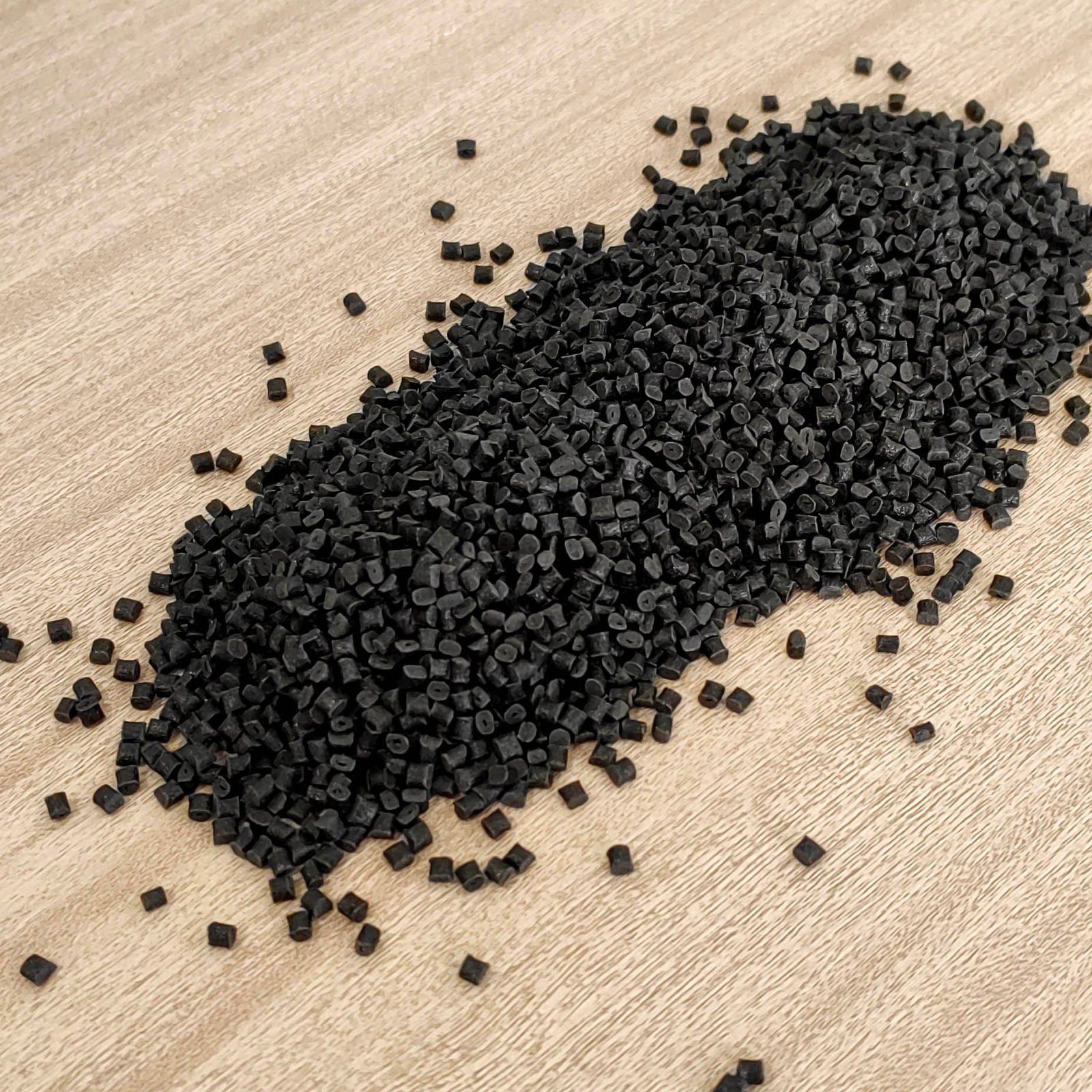PRODUCTS


PBT Polybutylene Terephthalate B4500 for Pipes and Films
Product Struction
What is PBT Resin
Against the backdrop of the rapid development of plastic molding technology, the market's demand for precision, stability and processing flexibility is increasing day by day. The PBT B 4500 launched by BASF is precisely the ideal material to deal with these challenges. This is a medium-viscosity polybutylene terephthalate (PBT) resin specially designed for extrusion processes. It features excellent formability and electrical performance, and is widely used in applications such as pipes, cast films, and structural profiles.

01 | Highlights of PBT B 4500: A reliable player in niche processes
Optimised viscosity design for flow and moulding
PBT B 4500 is a medium-viscosity grade with a melt index of about 21 cm³/10min (250°C/2.16kg), which provides good moulding flow while meeting the requirements for extrusion stability. It is suitable for a wide range of equipment and moulds, and can support high-speed extrusion production.
Outstanding dimensional stability
Maintains low shrinkage (1.6% in the flow direction and 1.9% in the vertical direction) in hot and humid environments, providing better dimensional accuracy for thin-walled products and long structural parts.
Coexistence of heat resistance and electrical insulation
The heat deflection temperature is as high as 165°C (0.45 MPa), while maintaining a dielectric strength of 36 kV/mm and a resistivity of 10¹⁵Ω-cm, making it suitable for use in electronic and industrial parts that require heat resistance and electrical insulation.
02 | Performance Balance for diverse processing Demands
The development focus of PBT B 4500 is not only on the optimization of thermal and electrical performance, but also on the adaptability to take into account multiple processing methods. Whether it is continuous extrusion of pipes or complex die forming for casting or profiled materials, it can demonstrate excellent melt stability and low precipitation, helping users reduce the defective rate of finished products.
In addition, its HB-level flame retardant performance, combined with a relatively low volatile content, makes it suitable for the manufacturing of components such as consumer electronics structural parts, office equipment guide rails, cable protection pipes, and automotive ventilation ducts.
03 | Application Scenario Expansion: Beyond Structural Support
PBT B 4500 is not merely a structural material. With its impact resistance (notched impact at 23°C NB), good surface finish and electrical performance, it demonstrates unique value in the following fields:
Electronics/electrical industry: Conduits, cable trays, insulating thin sheets, etc. used in low-voltage environments;
Automobile manufacturing: Suitable for non-load but high-demand parts such as ventilation ducts and cable sheaths;
Consumer goods manufacturing: Basic materials for precision components such as printer guides, copier sliders, and curtain grooves;
Environmentally friendly extruded profiles: Used in combination with recycled materials, they contribute to the development of a circular economy in the plastic industry.
04 | Overview of Typical Property Parameters for PBT Resins
| UL | Condition | Standard | Value | Unit | |||
| CTI | IEC 60112 | 0 | PLC | ||||
| HAI | All Color 0.75mm | UL 746A | 1 | PLC | |||
| HAI | All Color 1.5mm | UL 746A | 0 | PLC | |||
| HAI | All Color 3.0mm | UL 746A | 0 | PLC | |||
| HVTR | UL 746A | 0 | PLC | ||||
| HWI | All Color 0.75mm | UL 746A | 4 | PLC | |||
| HWI | All Color 1.5mm | UL 746A | 3 | PLC | |||
| HWI | All Color 3.0mm | UL 746A | 2 | PLC | |||
| RTI | Elec All Color 0.75mm | UL 746B | 130 | °C | |||
| RTI | Elec All Color 1.5mm | UL 746B | 130 | °C | |||
| RTI | Elec All Color 3.0mm | UL 746B | 130 | °C | |||
| RTI | Imp All Color 1.5mm | UL 746B | 105 | °C | |||
| RTI | Imp All Color 3.0mm | UL 746B | 105 | °C | |||
| RTI | Str All Color 3.0mm | UL 746B | 140 | °C | |||
| Volume Resistivity | ASTM D257 | 1E14 | Ω.cm | ||||
| Dimensional Stability | UL746 | 0.0 | % | ||||
| Dielectric Strength | ASTM D149 | 13 | KV/mm | ||||
| Arc Resistance | ASTM D495 | 7 | PLC | ||||
| Flame Rating | All Color 0.75mm | UL94 | HB | ||||
| Flame Rating | All Color 1.5mm | UL94 | HB | ||||
| Flame Rating | All Color 3.0mm | UL94 | HB | ||||
| Mechanical behavior | Condition | Standard | Value | Unit | |||
| Elongation | Yield | ISO 527 | 3.7 | % | |||
| Elongation | Break | ISO 527 | 50 | % | |||
| Tensile Strength | Yield | ISO 527 | 55 | MPa | |||
| Tensile Modulus | ISO 527 | 2500 | MPa | ||||
| Tensile Creep Modulus | 1hr | ISO 899 | 1800 | MPa | |||
| Tensile Creep Modulus | 1000hr | ISO 899 | 1200 | MPa | |||
| Charpy Un-notch Impact | 23°C | ISO 179 | NB | kJ/m² | |||
| Charpy Un-notch Impact | -30°C | ISO 179 | 180 | kJ/m² | |||
| Charpy Notch Impact | 23°C | ISO 179 | 5.2 | kJ/m² | |||
| Charpy Notch Impact | -30°C | ISO 179 | 4 | kJ/m² | |||
| Thermal | Condition | Standard | Value | Unit | |||
| HDT | 0.45MPa | ISO 75 | 165 | °C | |||
| HDT | 1.8MPa | ISO 75 | 65 | °C | |||
| Melting Temperature | 10°C/min | ISO 11357 | 223 | °C | |||
| Physical property | Condition | Standard | Value | Unit | |||
| Water Absorption | ISO 62 | 0.5 | % | ||||
| Humidity Absorption | ISO 62 | 0.25 | % | ||||
| Shrinkage | Flow | ISO 294 | 1.6 | % | |||
| Shrinkage | xFlow | ISO 294 | 1.9 | % | |||
| Density | ISO 1183 | 1.3 | g/cm³ | ||||
| Melt Index | 250°C 2.16kg | ISO 1133 | 21 | cm³/10min | |||
| Relative Viscosity | ISO 307 | 130 | cm³/g | ||||
| Electrical properties | Condition | Standard | Value | Unit | |||
| CTI | IEC 60112 | 550 | V | ||||
| Dielectric Constant | 1MHz | IEC 62631-2-1 | 3.3 | ||||
| Dielectric Constant | 100Hz | IEC 62631-2-1 | 3.3 | ||||
| Volume Resistivity | IEC 62631 | 1E+15 | Ω.cm | ||||
| Dielectric Strength | IEC 60243 | 36 | KV/mm | ||||
| Dissipation Factor | 1MHz | IEC 62631-2-1 | 0.02 | ||||
| Dissipation Factor | 100Hz | IEC 62631-2-1 | 0.001 | ||||
| Surface Resistivity | IEC 62631-3-2 | 1E13 | Ω | ||||
| Flammability | Condition | Standard | Value | Unit | |||
| Limiting Oxygen Index | ISO 4589 | 20 | % | ||||
| Flame Rating | All Color 0.75mm | UL94 | HB | ||||
| Flame Rating | All Color 1.5mm | UL94 | HB | ||||
| Flame Rating | All Color 3.0mm | UL94 | HB | ||||
05 | Forward-looking Trends: Extending towards Greater Efficiency and Greenness
As the focus on low-VOC, sustainable and recyclable plastic solutions intensifies, BASF is promoting the PBT platform to develop in a more environmentally friendly and intelligent direction. In the future, materials like B 4500 will make efforts in the following aspects:
Low odor and low emission grade improvement: Meeting the new standards for automotive and indoor electronic devices;
Improved recycling compatibility: Optimized blending performance, supporting co-extrusion or blending with recycled materials;
High surface quality level development: For the field of structural shells that do not require spraying;
Digital material parameter management: Facilitates users' precise simulation of the extrusion process and enhances the first-time pass rate.
06 | Conclusion: PBT B 4500, the possibility of driving precision forming with materials
If you are looking for a PBT resin that combines process friendliness, electrical performance and structural strength, BASF B 4500 is a choice worth paying attention to. It not only supports efficient extrusion, but also provides reliable guarantees in terms of electrical safety and dimensional stability, helping manufacturers achieve high-quality production of complex products.
For complete physical property data sheets, sample support or process suggestions, please feel free to contact our technical support team.

【Related Recommendations】
PA6 11G6-201: Flame-Retardant GF30 Nylon 6 for Structural Applications Learn more>
Evonik PBT GF30 Material:Heat-Stabilized, 30% Glass Fiber Plastic Learn more>
Celanese PBT 2002-2: Easy-flow, Non-reinforced PBT for Smooth Injection Molding Learn more>






